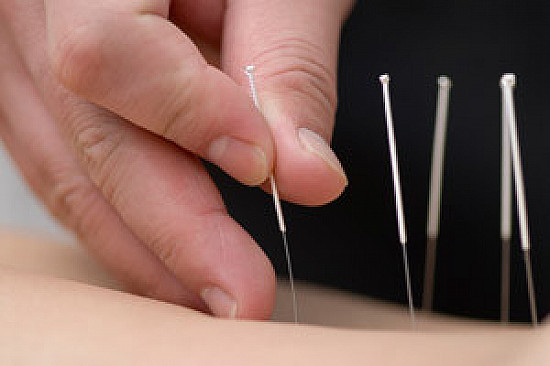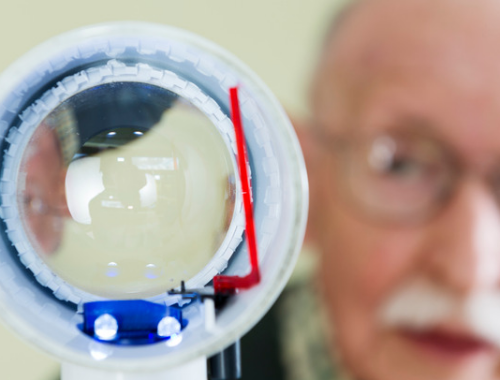How Effective Is Acupuncture For Back Pain?
3 min read
When it comes to back pain, acupuncture is one of the most effective treatments available. But does it really work? Acupuncture has been used for centuries in traditional Chinese medicine. It has become increasingly popular for treating physical conditions like chronic low-back pain. But how does it actually work? In this article, we will discuss the science behind acupuncture, and its benefits in treating back pain. Also some risks of treatment that you should be aware of before considering this option. To get a better understanding of whether acupuncture may be right for you or someone you know suffering from chronic back pain, keep reading!
The history of acupuncture and its use for treating back pain.
Acupuncture for back pain is an ancient medical practice with a significant history. It dates back thousands of years and originated in China, where it is still widely used today. It works by activating the body’s natural self-healing abilities through the insertion of thin needles into specific points of the body. Acupuncture practitioners believe that the points they target correspond to different areas in the body. That can affect your overall health and well-being when stimulated. In terms of treating chronic back pain, studies suggest that can be effective in reducing symptoms. Such as muscle soreness and stiffness, providing much-needed relief for patients suffering from pain. Despite being one of the oldest medical practices still in use today. Acupuncture continues to provide safe and effective treatments for numerous conditions and ailments – proving that age does indeed bring wisdom.
How does acupuncture work to relieve back pain?
Acupuncture is a holistic healing modality that goes back thousands of years and uses the body’s own energy pathways to achieve relief from physical, including back pain. Acupuncturists use very thin needles to activate these meridian points, stimulating biochemical changes in the body with positive effects on chronic or severe pain in the back. These treatments are believed to create homeostasis, which is a healthy balance in the body systems, leading to reductions in pain symptoms and improved mobility back pain increases endorphin production and circulation of oxygen-rich blood and fluids throughout the entire body. Acupuncture helps restore one’s natural balance in order to focus more widely on an overall sense of physical well-being.
The benefits of acupuncture over other forms of treatment for back pain.
Acupuncture is quickly becoming one of the most popular forms of treatment for back pain. It has proved to be an effective approach against inflammation, It can help relieve back pain much more quickly than traditional methods alone. It can also offer longer periods of relief because it gets at the root causes of pain, rather than just masking symptoms, Acupuncturists often combine other modalities such as electrical stimulation and acupressure to further improve results, which makes acupuncture especially beneficial for those suffering from chronic back pain.
Whether acupuncture is an effective treatment for you?
Acupuncture is an ancient practice of healing, that has been used for thousands of years, Modern medicine has studied its effects to determine. whether it is a viable treatment option, It involves using thin needles that are inserted into specific points on the body to relieve pain in certain areas. Primarily the back treatments target and stimulate the body’s nerves, improving blood flow and relieving tension in those areas. Evidence suggests that acupuncture may be helpful in reducing pain with back ailments such as sore muscles and stiff joints; this could make it a suitable option if you’re looking for natural relief from back pain. Acupuncture combines with other therapies like massage or muscle manipulation depending on your specific needs. Acupuncture For Bursitis However, every individual responds differently to treatments. So consulting with a healthcare professional is recommended before beginning any kind of therapy program.






